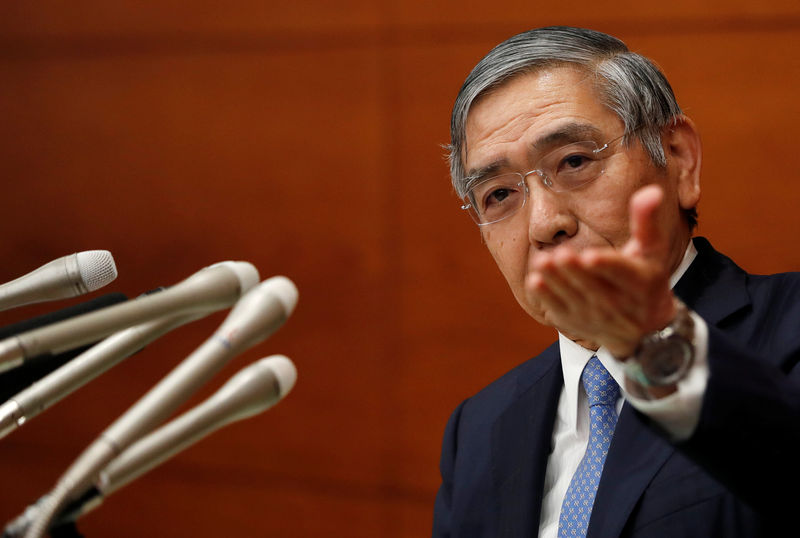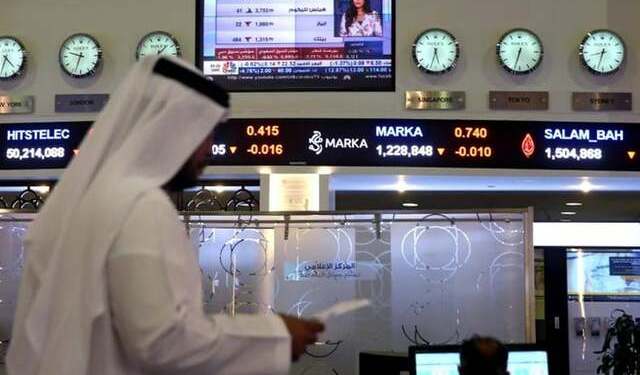 © Reuters. Bank of Japan Governor Haruhiko Kuroda attends a news conference in Tokyo
© Reuters. Bank of Japan Governor Haruhiko Kuroda attends a news conference in TokyoBy Leika Kihara
TOKYO (Reuters) – Bank of Japan Governor Haruhiko Kuroda on Monday reiterated the central bank’s resolve to maintain its massive stimulus program until the economy reaches sustained 2 percent inflation.
He also said a moderate economic expansion now under way will help accelerate inflation toward the BOJ’s 2 percent target, signaling its desire to maintain the status quo on monetary policy for the time being.
“The economy is expected to continue expanding moderately,” Kuroda said in a speech at a quarterly meeting of the bank’s regional branch managers.
The BOJ will continue its aggressive easing, composed of yield curve control and a massive asset-buying program, for as long as needed to achieve its price target, he added.
Given the rising cost of prolonged easing, such as the hit to bank profits from ultra-low interest rates, the BOJ has been sending subtle yet intentional hints it could edge away from crisis-mode policy earlier than expected.
But a small cut to its regular bond purchases last week pushed global yields and the yen higher, underscoring the challenge the BOJ faces in communicating its policy intentions.
“Japan’s financial system remains stable and monetary conditions are very accommodative,” Kuroda said, holding off from repeating recent warnings about the rising cost of ultra-easy policy.
The BOJ’s branch managers will issue a quarterly report at 2 p.m. (0500 GMT) assessing the impact of the bank’s monetary steps on regional areas of the country.
Japan’s economy has been expanding thanks to robust exports and capital expenditure. But inflation remains well below the BOJ’s target as firms fear that raising prices could scare away cost-sensitive consumers.
Fusion Media or anyone involved with Fusion Media will not accept any liability for loss or damage as a result of reliance on the information including data, quotes, charts and buy/sell signals contained within this website. Please be fully informed regarding the risks and costs associated with trading the financial markets, it is one of the riskiest investment forms possible.
Source: Investing.com




























